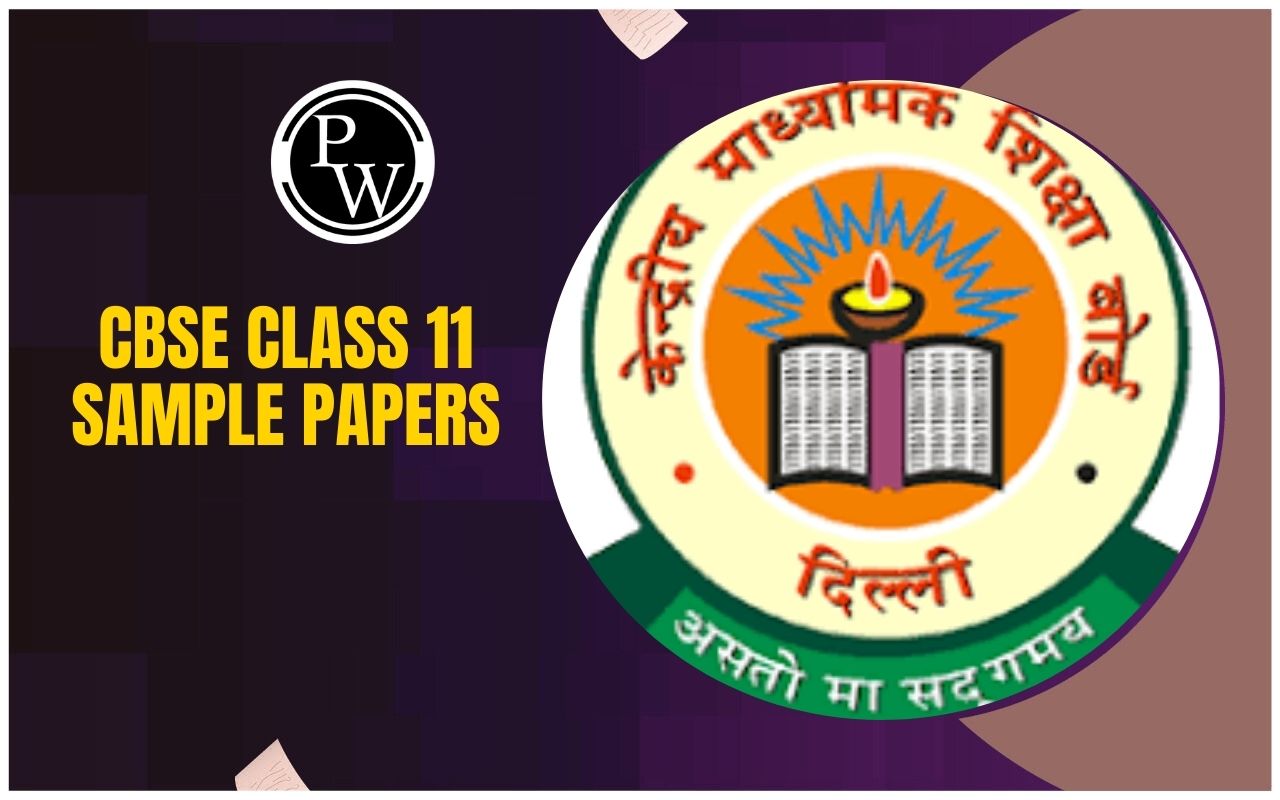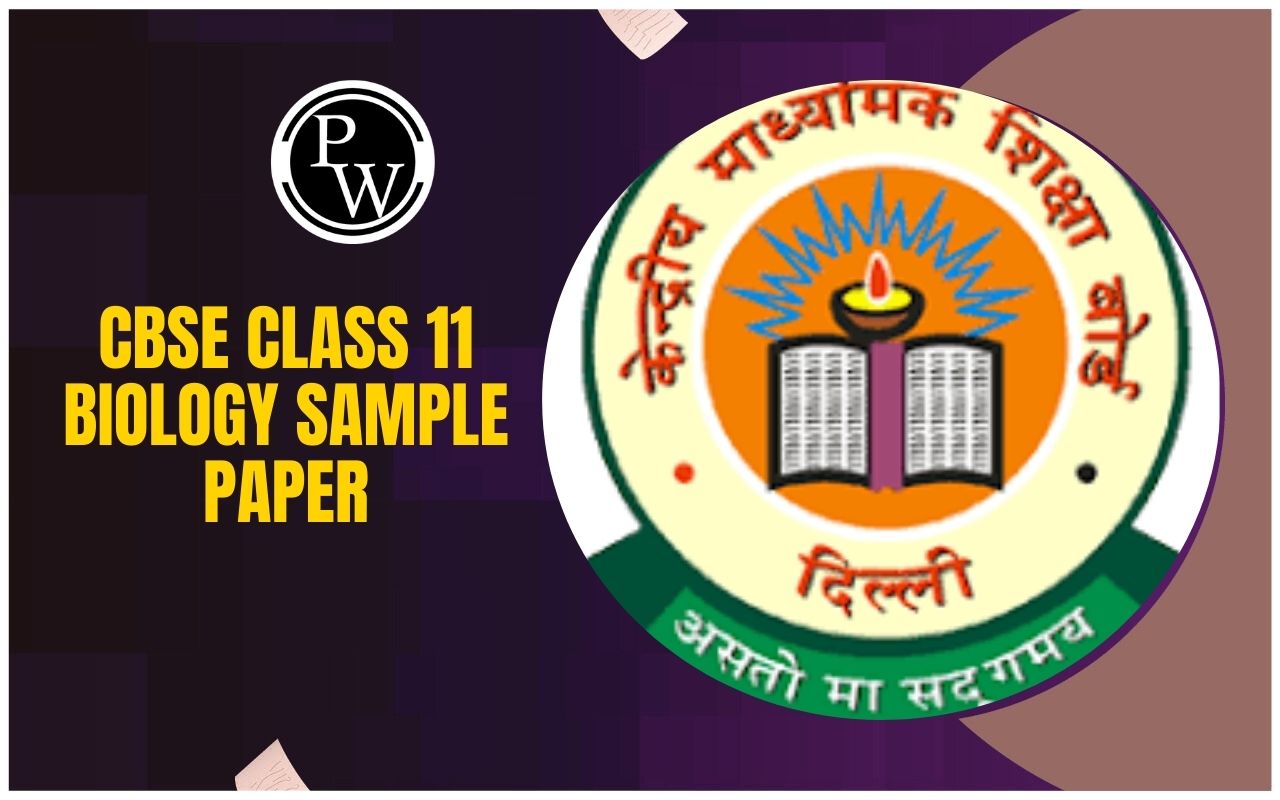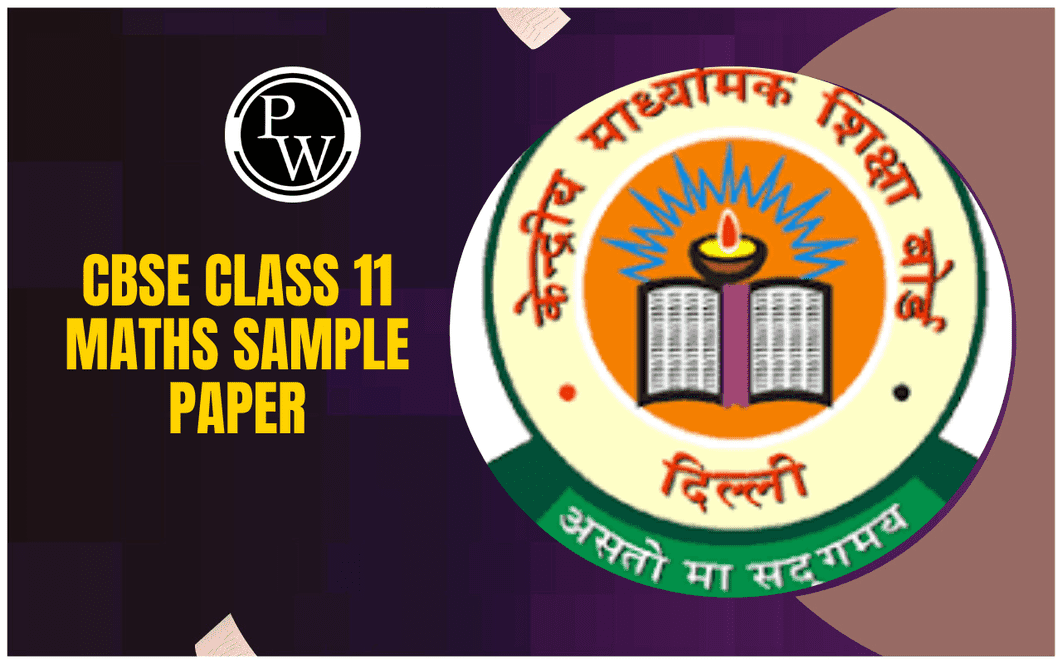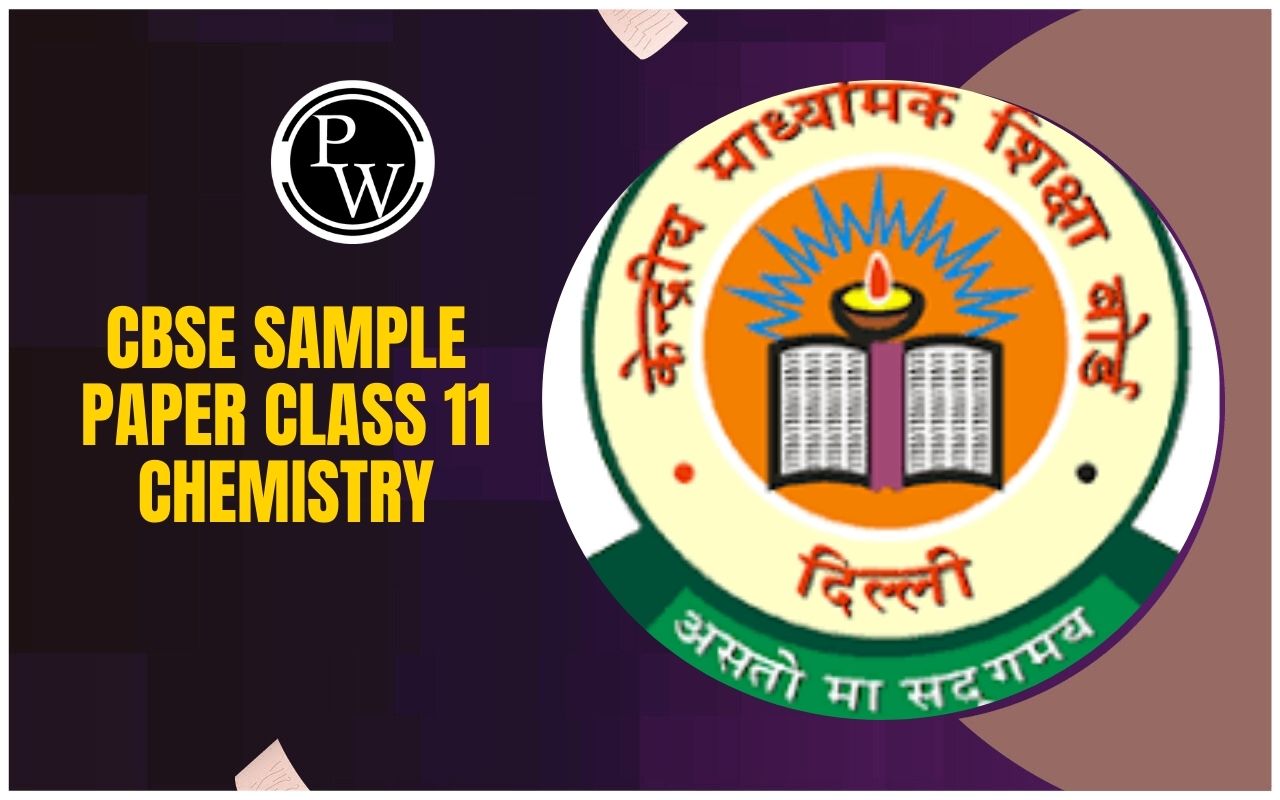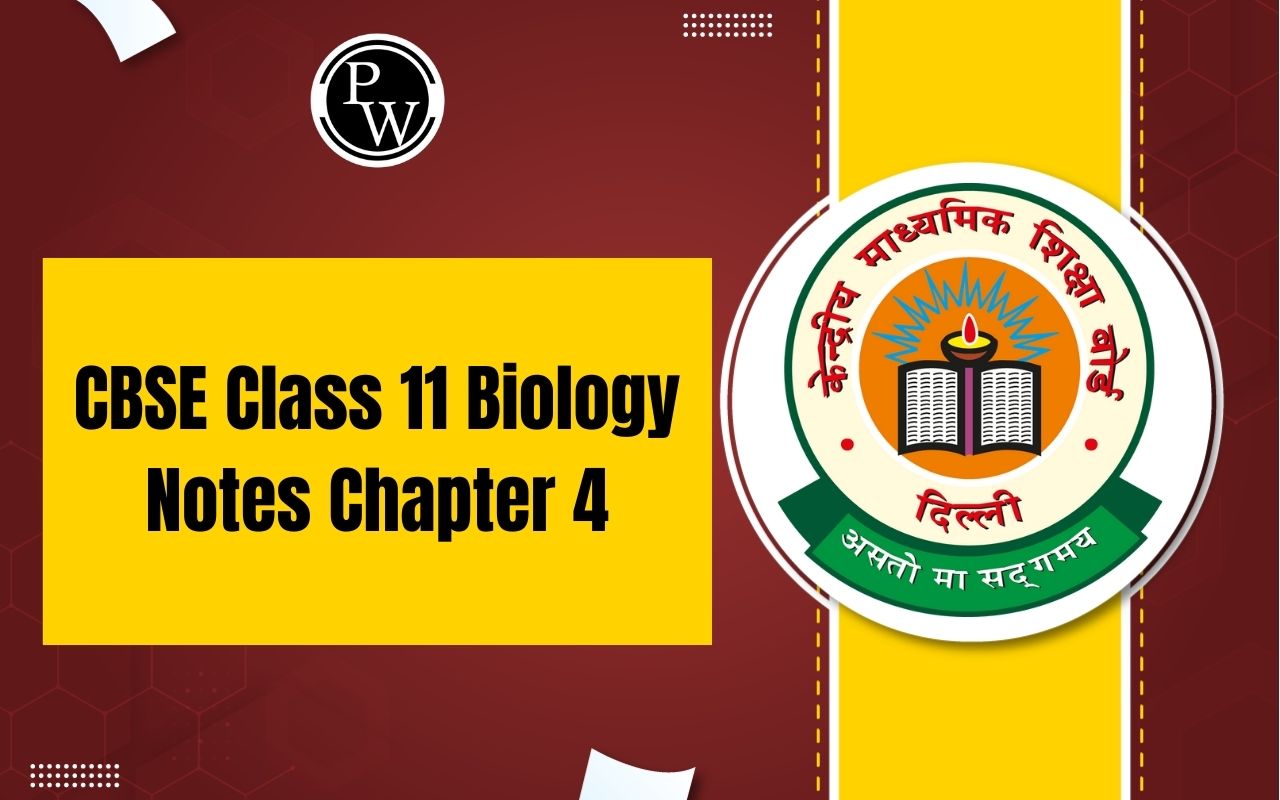
NCERT Solutions for Class 11 Biology Chapter 3: Chapter 3 of NCERT Class 11 Biology, Plant Kingdom, provides a comprehensive overview of the diverse world of plants. It covers the classification of plants into Algae, Bryophytes, Pteridophytes, Gymnosperms, and Angiosperms based on characteristics like structure, reproduction, and life cycles. The chapter explains alternation of generations, highlighting haplontic, diplontic, and haplo-diplontic cycles. Key features and examples of each group are discussed, along with economic and ecological significance.
This chapter lays the foundation for understanding plant diversity and evolution, making it essential for students preparing for exams like NEET and other biology-oriented studies.CBSE Class 11 Syllabus 2024-2025
NCERT Solutions for Class 11 Biology Chapter 3 Overview
Chapter 3 of NCERT Class 11 Biology, Plant Kingdom, explores the diversity and classification of plants, highlighting their evolutionary significance. It covers Algae, Bryophytes, Pteridophytes, Gymnosperms, and Angiosperms, detailing their structure, reproduction, and life cycles. The chapter emphasizes the importance of plants in maintaining ecological balance, providing oxygen, food, medicine, and raw materials. Concepts like alternation of generations are crucial for understanding plant evolution and adaptations. These NCERT solutions help students grasp the concepts effectively, preparing them for exams while fostering a deeper appreciation of plants' vital role in sustaining life on Earth.NCERT Solutions for Class 11 Biology Chapter 3 PDF
Chapter 3 of NCERT Class 11 Biology, Plant Kingdom, focuses on the diversity and classification of plants, including Algae, Bryophytes, Pteridophytes, Gymnosperms, and Angiosperms. It explains their structural and reproductive features, life cycles, and ecological importance. To assist students, we have provided detailed NCERT solutions in a downloadable PDF format below. These solutions simplify complex topics, helping in effective exam preparation and enhancing understanding of key concepts.NCERT Solutions for Class 11 Biology Chapter 3 PDF
NCERT Solutions for Class 11 Biology Chapter 3 Plant Kingdom
Below is the NCERT Solutions for Class 11 Biology Chapter 3 Plant Kingdom -1. What is the basis for classification of algae?
Solution:
The presence of pigments that give the traditional colour on algae is the main basis for the classification of algae.| Name of the pigment | Colour imparted | Chlorophyll type |
| Chlorophyceae | Green | chlorophyll a and chlorophyll b |
| Phaeophyceae | Brown | chlorophyll a, chlorophyll c, fuxoxanthin |
| Rhodophyceae | Red | chlorophyll a and chlorophyll d, phycoerythrin |
2. When and where does reduction division take place in the life cycle of a liverwort, a moss, a fern, a gymnosperm and an angiosperm?
Solution:
The reduction division takes place in the following stages: (i) Liverworts – meiosis takes place in the spore mother cells of the capsule in sporangium resulting in haploid spore formation (ii) Moss – meiosis occurs in spore mother cells of spore sacs in the capsule of sporangium. (iii) Sporophylls, or fertile leaves, are the host for fern-sporangia. To create haploid spores, meiosis takes place in the sporangium's spore mother cells. (iv) Gymnosperm: When haploid pollen grains are formed in the microsporangia found in the microsporophylls, meiosis takes place in the microspore mother cells, producing male gametophytes. (iv) Male gametophytes form in the stamen's anther as a result of angiosperm pollen grains that are created in microspore mother cells. To create the haploid megaspore that eventually gives rise to the female gametophyte, the megaspore mother cell, which is found in the ovule's nucleus, goes through meiosis.3. Name three groups of plants that bear archegonia. Briefly describe the life cycle of any one of them.
Solution:
Bryophytes, Pteridophytes, and Gymnosperms are the plants that bear archegonia.The life cycle of Bryophytes
(i) Bryophytes are haploid, and produce gametes. The sexual organs in bryophytes are multicellular. (ii) The male sex organ is the antheridium, which produces biflagellate anterozoids. Female sexual organs are called archegonium, which produces a single egg. (iii) Antheridium releases anthrozoids into the water that come in contact with the archegonium. (iv) An antherozoid fuses with the egg to produce the zygote. (v) The zygote divides via reduction to create a sporophyte, which is a multicellular body. (vi) To create haploid spores, sporoplasts go through reduction division. (vii) The gametophyte is created when these spores germinate.4. Mention the ploidy of the following:
protonemal cell of a moss; primary endosperm nucleus in dicot, leaf cell of a moss; prothallus cell of a fern; gemma cell in Marchantia; meristem cell of monocot, ovum of a liverwort, and zygote of a fern.
Solution:
| Cell | Type of Ploidy |
| Protonemal cell of a moss | Haploid |
| Primary endosperm nucleus in dicot | Triploid |
| leaf cell of a moss | Haploid |
| Prothallus cell of a fern | Haploid |
| Gemma cell in Marchantia | Haploid |
| Meristem cell of monocot | Diploid |
| Ovum of a liverwort | Haploid |
| Zygote of a fern | Diploid |
5. Write a note on the economic importance of algae and gymnosperms.
Solution:
Importance of Gymnosperms
(i) Gymnosperms are utilised as plants for decoration. Some are utilised for bonsai and are found in formal gardens. (ii) Their fibres are utilised to make paper pulp. (iii) Confers resin is the source of turpentine and resins. (iv) Gymnosperms such as junipers, pines, hemlock, fir, spruces, and arborvitae are used to extract useful oils. (v) Gymnosperm seeds are utilised to make baked goods and other food products. (vi) Occasionally used to make fabrics such as silkImportance of Algae
(i) Algae fixes carbon dioxide with the help of photosynthesis (ii) It increases the level of dissolved oxygen in their immediate environment (iii) They produce rich compounds that serve as food for aquatic animals (iv) Marine algae are used as food. For example, Laminaria and Sargassum (v) Certain algae are used as hydrocolloids (vi) Agar is used in growing microorganisms and in the preparation of jellies (vii) Chlorella is used as food by space travellers.6. Both gymnosperms and angiosperms bear seeds, then why are they classified separately?
Solution:
Angiosperms and gymnosperms are distinguished for the following reasons. (i) In angiosperms, the ovules are encased within the ovary, but in gymnosperms, they are naked. (ii) While endosperms in angiosperms are triploid and created following double fertilisation, endospores in gymnosperms are haploid and produced prior to fertilisation. (iii) Gymnosperms do not undergo double fertilisation, whereas angiosperms do. (iv) Wood is porous in angiosperms and nonporous in gymnosperms.7. What is heterospory? Briefly comment on its significance. Give two examples.
Solution:
The phenomenon of producing two different types of spores in the same plant is called heterosporis. The importance of heterospory is as follows: (i) Heterosporis causes the growth of seeds in gymnosperms and angiosperms. (ii) It is required in the differentiation of male and female gametophytes. Examples: Salvinia, Selaginella8. Explain briefly the following terms with suitable examples:
(i) protonema
(ii) antheridium
(iii) archegonium
(iv) diplontic
(v) sporophyll
(vi) isogamy
Solution:
i) The haploid stage of the bryophyte life cycle, known as the protonema, is where a thread-like chain of cells forms. In mosses, for instance, the protonema grows straight from the spore. ii) Antheridium: This is the male sex organ that produces male gametes in pteridophytes and bryophytes. For instance, antheridia are present in the reproductive stages of several fungi and algae. iii) The archegonium is a flask-shaped female bryophyte reproductive organ that only produces one egg. They are multicellular, jacketed, and have a neck and enlarged ventril. They are found in pteridiophytes, gymnosperms, and bryophytes. iv) Diplontic: This life cycle produces haploid gametes with a dominating diploid free-living phase. Sargassum, for instance. v) A sporophyll, which can be either microsporophyll or megasporophyll, is a leaf that carries sporangia. Together, these structures create strobini, or cones. Take Pinus, for instance. vi) Isogamy: This type of sexual reproduction occurs when two gametes fuse together. The gametes may be flagellated and of comparable size, or they may be non-flagellated (non-motile) but of similar size. This type of reproduction is known as isogamy. As an illustration, Ectocarpus9. Differentiate between the following:
(i) red algae and brown algae
(ii) liverworts and moss
(iii) homosporous and heterosporous pteridophyte
(iv) syngamy and triple fusion
Solution:
Following are the differences: i) 1. Red algae contain chlorophyll a and chlorophyll d but brown algae contain chlorophyll a and c. 2. In red algae, Phycobilins are present but brown algae do not have phycobilins. 3. If red algae reserve food in the form of floridian starch, it is laminarin in brown algae. 4. Red algae are not flagellated, and brown algae are flagellated. ii) 1. There is no protonema phase in the liverworts and the life cycle in the moss begins with the protonema 2. If the plant body is dorsoventral in liverworts, the algal plant body is separated into a stem-axis. iii) Homosporous possesses only one type of spores whereas heterosporous will have morphologically different spores in different sporangia. iv) Syngamy is the fusion of the male gamete with the ovum whereas triple fusion is the fusion of another male gamete with two polar nuclei.10. How would you distinguish monocots from dicots?
Solution:
| Monocots | Dicots |
| Have single cotyledon seed | Seeds having two cotyledons |
| Flowers are trimerous | Flowers are tetramerous or pentamerous |
| Venation in leaves is parallel | Have reticulate venations in leaves |
| Vascular bundle is scattered | Vascular bundle are organised in a ring |
| Absence of vascular cambium | Presence of vascular cambium |
| Primary root replaced by adventitious roots and are short-lived | Primary roots occur in a few cases. Primary root is long-lived |
11. Match the following (column I with column II)
| Column I | Column II |
| (a) Chlamydomonas | (i) Moss |
| (b) Cycas | (ii) Pteridophyte |
| (c) Selaginella | (iii) Algae |
| (d) Sphagnum | (iv) Gymnosperm |
Solution:
| Column I | Column II |
| (a) Chlamydomonas | (iii) Algae |
| (b) Cycas | (iv) Gymnosperm |
| (c) Selaginella | (ii) Pteridophyte |
| (d) Sphagnum | (i) Moss |
12. Describe the important characteristics of gymnosperms.
Solution:
The main characteristics of gymnosperms are as follows: (i) In Gymnosperm the ovules are not enclosed by ovary. They are exposed before and after fertilization (ii) The seeds are naked (iii) Gymnosperms include medium-sized trees or tall trees and shrubs (iv) Taproots make up the roots. (v) Do the stems have branches or not? (vi) Simple and complex leaves (vii) The plant body is sporophyte and divided into roots, stems, and leaves. (viii) They are referred to be heterosporous since they generate two types of spores. (ix) Syphonogamy fertilisation occurs without the use of external water.Benefits of Using NCERT Solutions for Class 11 Biology Chapter 3 Plant Kingdom
Below we have provided some of the benefits of NCERT Solutions for Class 11 Biology Chapter 3 Plant Kingdom -Concept Clarity : Simplifies complex topics like alternation of generations and plant classification, aiding in better understanding.
Exam Preparation : Provides precise answers aligned with NCERT, helping in scoring well in school and competitive exams.
Time-Saving : Offers step-by-step explanations, reducing the time spent on problem-solving.
Comprehensive Coverage : Covers all important questions and concepts from the chapter, ensuring thorough preparation.
Easy Accessibility : Available in PDF format for quick reference anytime, anywhere.
Boosts Confidence : Helps students practice effectively, improving accuracy and performance.
NCERT Solutions for Class 11 Biology Chapter 3 FAQs
What is the largest plant kingdom?
What is the main feature of plant kingdom?
What is the most advanced plant in the plant kingdom?
Which plant kingdom is known as algae?

